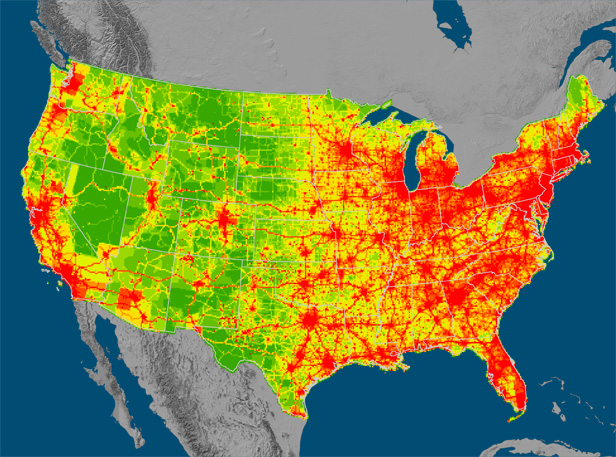 Photo: Gardens Under GlassThe shopping mall is not dead. In Cleveland, in fact, it’s growing green: cucumbers, lettuce, herbs and even flowers.
Photo: Gardens Under GlassThe shopping mall is not dead. In Cleveland, in fact, it’s growing green: cucumbers, lettuce, herbs and even flowers.
In the former Galleria at Erieview mall, a project called Gardens Under Glass is taking root, part of a grand plan to transform malls into greenhouses. It’s just one of many Cleveland-based projects, suggesting that this rust belt city might have a few sustainabilty tricks to teach urban centers everywhere.
Vicky Poole, who heads up marketing for the Galleria, conceived this project after looking at a photograph of plants growing in a cafe window. Hmmm, she thought, imagining a retooled version of the food court. The mall was already scrambling to find innovative uses for itself in a flagging economy, primarily as a wedding hall, but also as a farmers market. A greenhouse, she discovered, could thrive in the building’s climate controlled environment under the tremendous glassed-in atrium that runs like a spine down its emtpy center.
Poole and her partner-in-green Jack Hamilton (who manages Artist Review Today magazine and gallery, located in the Galleria) won a $30,000 grant to set up the greenhouse project. The money came from Cleveland’s Civic Innovation Lab, which funds ideas for growing the local economy (other projects include a recycled glassware company and a renewable energy group).
In February, spinach, tomatoes, and strawberries were started in a composted soil system produced by a local company. This week, a hydroponic system was delivered that will exponentially increase output. They also added artificial light to supplement the daylight streaming through the glass ceiling.
Poole’s vision for the mall is both a master marketing tool — this one, like so many of its mid-80s brethren, was in dire straights not long ago, with dozens of vacancies in its 200 stores — and an inventive way to promote sustainability in what has proven to be a largely unsustainable architectural dinosaur. It’s pretty hard to find alternate uses for 100,000-plus square feet of mostly windowless space. “I don’t look at us as a mall anymore,” she says. “We really serve the downtown business community.”
Already, the farmers market is growing in popularity. The grander plan calls for the entire mall to become a retail ecovillage: vegetarian restaurants, health food stores, garden supply outlets, more farmers’ stalls and shops selling recycled goods. There are other ecovillages in Cleveland and a whole slew of green initiatives that we detailed in 2008.
What’s great about this mall project, though, is that it comes from the private sector, from one woman with a big idea and a big enough space to realize it. “I hope it’ll bring this building back,” she says.
In the meantime, malls are struggling to find new uses. Perhaps dead malls will become centers of local live produce?



